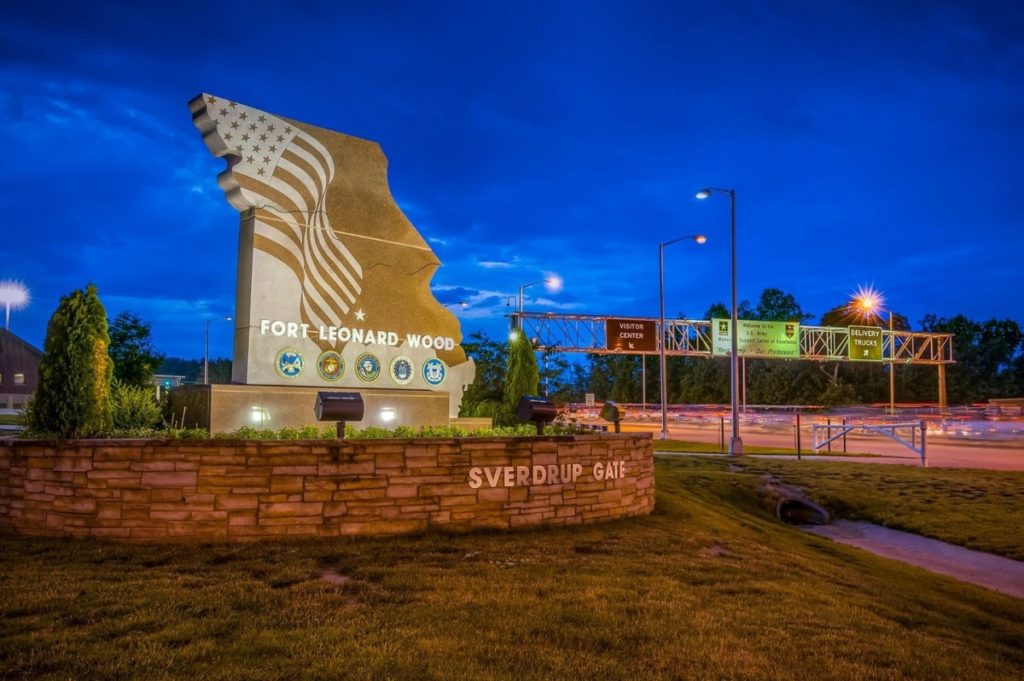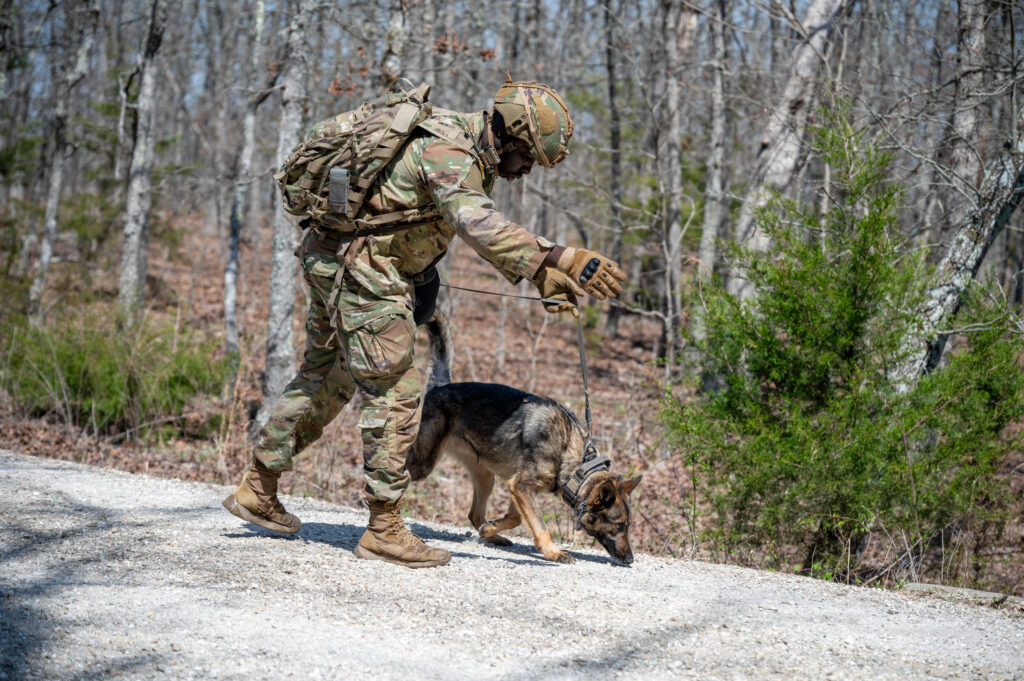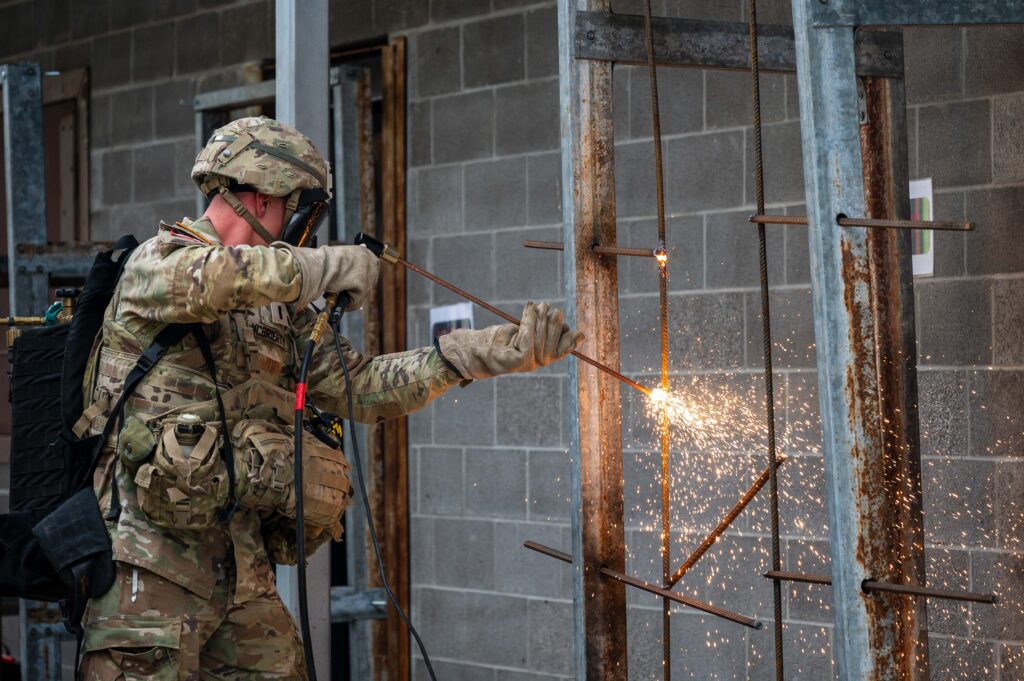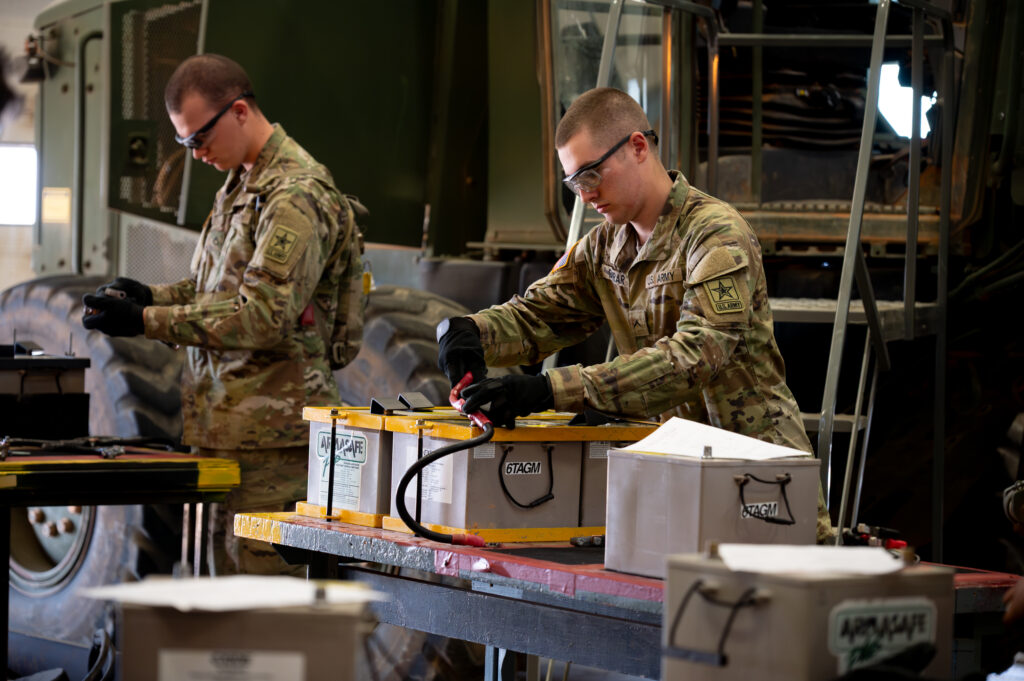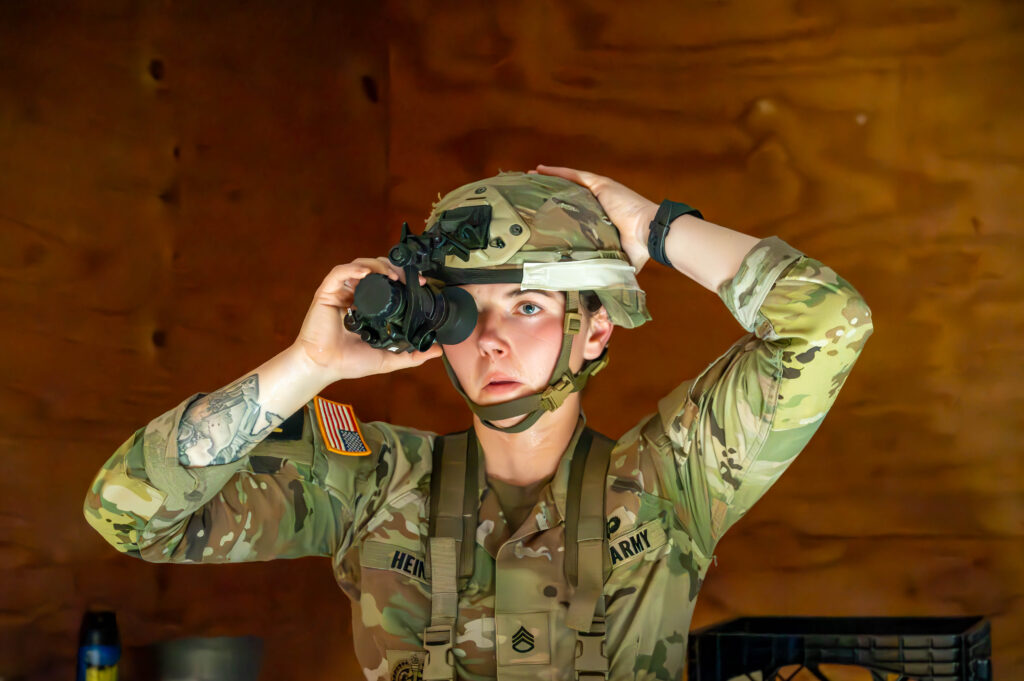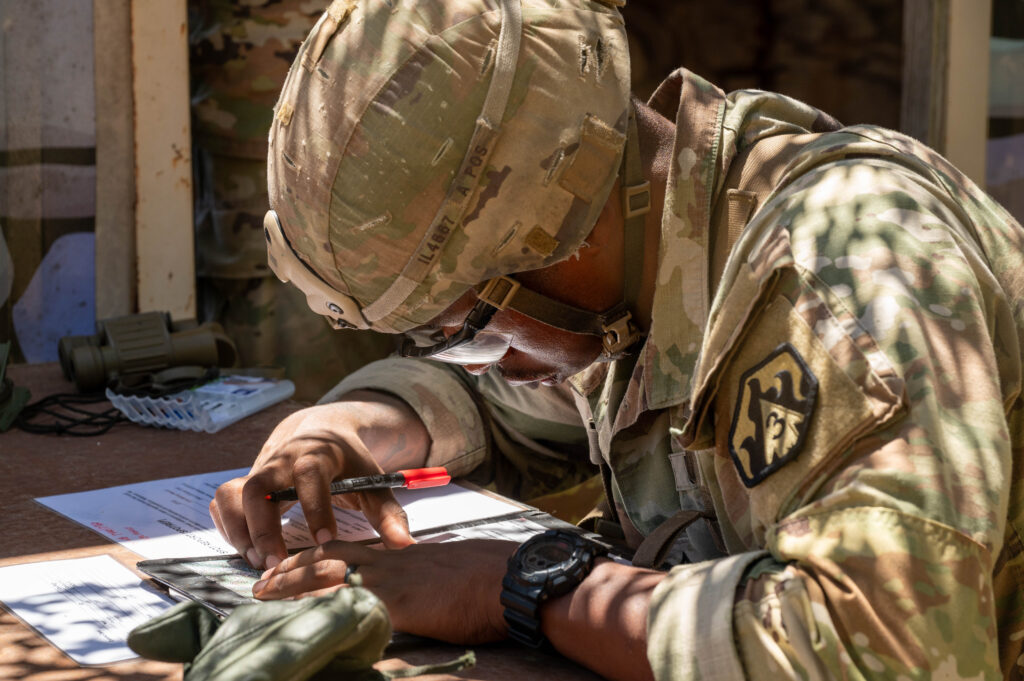Brian Hill
FORT LEONARD WOOD, Mo. (April 29, 2020) — As the military services developed plans to safely move service members to their first units of assignment or other training stations across the nation, Fort Leonard Wood’s airport – Waynesville-St Robert Regional Airport at Forney Field – proved itself to be a vital asset in the mission to train America’s Soldiers, Marines, Sailors and Airmen.
During a recent virtual town hall, Maj. Gen. Donna Martin, Maneuver Support Center of Excellence and Fort Leonard Wood commanding general, said Soldiers in Basic Combat Training, Advanced Individual Training and One-Station Unit Training are now moving upon approval from the U.S. Army Training and Doctrine Command. In some cases, Forney Field has been used to transport Soldiers. Martin added that all movements are being made in a safe manner, and only after “deliberate planning and rehearsal” of COVID-19 mitigation protocols, such as social distancing and the wearing of face coverings.
Information on the exact movements of Soldiers is not being released, Martin said, for the safety of everyone involved. However, once at their destinations, service members are encouraged to contact loved ones – leave is still not authorized during, in between or after training.
From Fort Leonard Wood, Soldiers who have graduated from BCT, AIT and OSUT have been moved to other Army installations, such as Fort Bliss, Texas, Fort Bragg, North Carolina, Fort Leavenworth, Kansas, Fort Sill, Oklahoma, and Fort Campbell, Kentucky.
“I congratulate our team for a job well done in completing safe, successful movements,” Martin said.
Both the Navy and Air Force have also used the airport in recent weeks to fly in Sailors and Airmen for the technical training they receive here.
When 13 Sailors from Recruit Training Command in Great Lakes, Illinois, arrived earlier this month aboard a Navy Air Logistics Office flight, it was because Navy leaders concluded that due to COVID-19 health risks it would be safer for their Sailors to avoid large international airports and instead fly directly into Fort Leonard Wood’s regional airport.
“The Forney Airfield provides a crucial direct-access point to the job training that their Sailors must have as a part of their service,” said Bryan Rush, a Fort Leonard Wood air traffic controller and alternate airspace officer. “This makes the airport vital to not only the Fort Leonard Wood mission, but national efforts to fight the COVID-19 pandemic.”
The Sailors were flown here aboard a Boeing 737, which is capable of seating up to 220 passengers.
According to Navy Lt. Nicholas Gegg, Fort Leonard Wood Navy detachment officer in charge, the large aircraft – which was disinfected in adherence to Centers for Disease Control and Prevention standards before and after the Sailors’ flight – allowed the trainees room to practice proper social distancing.
The Sailors and flight crewmembers also wore personal protective gear, including face coverings, as they deplaned and secured their baggage. In addition, they were then screened for COVID-19 symptoms and recent proximity to positive cases.
The Navy’s Center for Seabees and Facilities Engineering detachment here trains Sailors in facilities engineering and construction.
The Air Force’s 368th Training Squadron, which provides ground transportation and emergency management training, recently moved 70 Airmen through Forney Airfield.
According to Air Force Master Sgt. Joshua Gibbs, ground transportation flight chief, the Airmen arrived at Fort Leonard Wood on two flights directly from Air Force Basic Military Training in San Antonio, Texas. In both instances sanitized passenger buses were used to move the Airmen to the aircraft, and face coverings were worn and social-distancing protocols were followed at all times.
“This was truly a team effort between personnel at multiple installations,” he said. “It’s definitely a win for us that we were able to leverage Air Force airpower to overcome the challenges that COVID-19 has presented with regard to both air and ground transportation.”
Forney Airfield Airport Manager Dave Robinson said he’s happy the airfield and its crew are making such a positive impact for the nation’s ability to train its military.
“During these unprecedented times, the airfield employees are proud to do their part in providing vital support to the multi-service community of Fort Leonard Wood,” Robinson said. “We support the larger military mission by providing safe and protected travel options for service members in order to meet mission requirements around the world. The Forney Army Airfield is a vital training multiplier and ensures qualified service members can meet their training objectives, no matter what hardships maybe present today or in the future.”




-30-
About Fort Leonard Wood
Fort Leonard Wood is a thriving and prosperous installation that has evolved from a small basic training post more than 75 years ago to a premier Army Center of Excellence that trains more than 80,000 military and civilians each year.
Fort Leonard Wood is home to the U.S Army Maneuver Support Center of Excellence and three U.S. Army schools: the U.S. Army Engineer School; U.S. Army Chemical, Biological, Radiological and Nuclear School; and the U.S. Army Military Police School. In addition to training engineer, CBRN and military police specialties for the Army, Fort Leonard Wood also provides gender-integrated in-processing and Basic Combat Training for new Soldiers.
Fort Leonard Wood also hosts and trains with the largest Marine Corps Detachment and Air Force Squadron on any Army installation as well as a large Navy construction detachment.
More information about Fort Leonard Wood is at: https://home.army.mil/wood/index.php/about/mission
